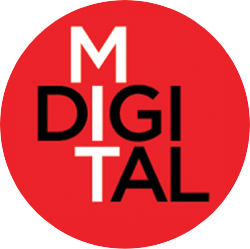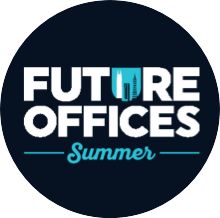Need to escape for a moment?
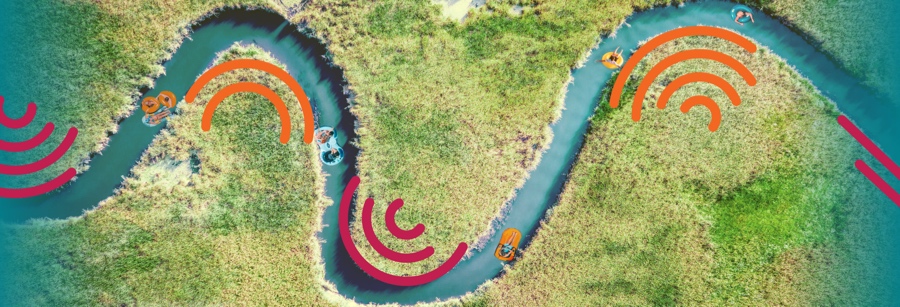
How to enable a mini-vacay every day
We have a confession to make: we love lazy rivers. These aquatic attractions are just plain awesome—and not just because they set the bar for a relaxing outdoor experience. In this month’s “On Our Minds…” we explore the fascinating complexity just below the surface of these watery wonders, and what workplaces can learn from them. Float on down, won’t you?
On our minds
The arrival of the first day of summer always makes us feel a bit dazed. If you, too, are wondering how we are already halfway through another year, we invite you to take a moment to collect yourself. In fact, after wishing a happy Father’s Day to the dads in your life, take a few moments while we tell you all about a favorite pastime of ours: floating.
The lazy river attractions that people enjoy today have only been around for about 30 years, but the original idea began way back in the 1940s. In those early days, the rivers were real, and people would be supplied with a tube to simply float down a waterway and—thanks to enterprising business owners—be supplied with all manner of beverages. What makes the modern version so fascinating is that recreating all that relaxation is actually pretty hard work.
If you’ve been reading our newsletter for long, you know that we love science—and lazy rivers have plenty of it. Planning the perfect float downstream involves careful consideration of laminar and turbulent flows when placing water jets to ensure that people keep moving, not too fast—not too slow. This is further complicated by the addition of any number of constantly-moving human bodies—though personally, we don’t move much!
Another fascinating thing about lazy rivers: they are serendipity engines. One’s inner tube can gently bump into a wall—or another person’s tube—and then bounce off in a new direction. Riders may end up gradually floating closer to one another or further apart. Sometimes an eddy might spin one around in a circle. And every now and then, the current might take one under a waterfall! As believers in the power of serendipity to generate new ideas and connections, we love a bit of positive chaos.
Then, of course, there’s the design of the environment. Lazy rivers are delightful and serendipitous because they’re designed to be, employing paradigms that are known to make environments more pleasant for people. They are multisensory, featuring the sound and feel of moving water, as well as colors that may be soothing or energizing. They are also biophilic—an idealized form of something that already exists in nature. While these oases may feel miles away from anything related to work (indeed, that’s the point), people who design and build workplaces could learn a lot from them.
Environments that make life easier are sorely needed, especially at work. The moment to act on that need is now, while so much is in flux. Due to the pandemic and its associated stresses, workplace mental health has finally become the mainstream topic it always should have been. In a high-profile example of how salient it is, one of the world’s top athletes just withdrew from a second major competition in order to preserve her mental health. While most people are not subjected to pro forma press conferences during their day-to-day, there are plenty of ways that workplaces needlessly add to—rather than dissipate—stress.
It might not be within your organization’s budget to install a water attraction—though these days, there’s no reason you couldn’t work from one—but every workplace can make changes that enable moments of repose or the change of a pleasant surprise. There are lots of ways to accomplish this, such as through visual stimuli like colors and materials, or through programming like the therapeutic sound bath we featured in our recent webinar about acoustics, or through the configuration of spaces themselves.
A simple solution we love: puzzles. Putting a puzzle or game in a lobby—or some other location that people might normally pass right through—invites them to linger, converse and collaborate. This can either lead to new and innovative solutions to pressing work problems or simply to people having a good time. It’s win-win. Of course, for those who want to think a little bigger, entire offices can be designed with delight in mind. There are more than a few that feature slides (including the Tate Modern Museum in London).
The point is that having a workplace that is drab or boring is a choice, and one that’s not going to cut it anymore. Work has changed dramatically in the last year; the relationship between people and workplace has been transformed. Spaces should change too, welcoming people back to an environment that is not just more functional and flexible, but more enjoyable.
From the archives
Back in June of 2017, we wrote about the growing appeal of activity-based working, which encourages people to choose from a variety of workplace settings that meet their needs. As workplaces consider how to welcome their people back into the workplace, these ideas are worth revisiting.
A year before, in 2016, we were already rethinking work environments in order to make them both more flexible and more comfortable to use. Check out this article about our collaboration with west elm on office furniture that combines the best of residential and workplace design.
That’s all for now—but don’t be a stranger! Please float on over to our inbox with your best suggestions for summer relaxation—in or out of the office. In the meantime, we’ve got just the right tunes for your next ride down the river (even if it’s in your mind): this Tiny Desk by Raveena.
In Case You Missed It
If the heat is getting to you and you dozed off for a second, no problem. Here's what we've been up to:
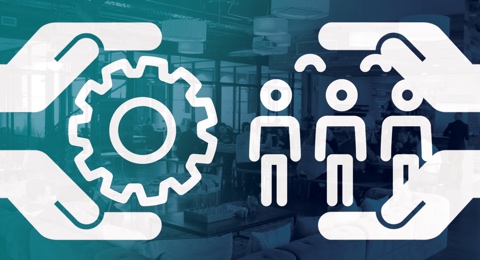
Our Latest Workplace Roadmap
In spring 2020, we released our first guide to navigating the challenges of this moment. In this video, we share what we’ve learned in the last year, and how organizations can continue to move forward.
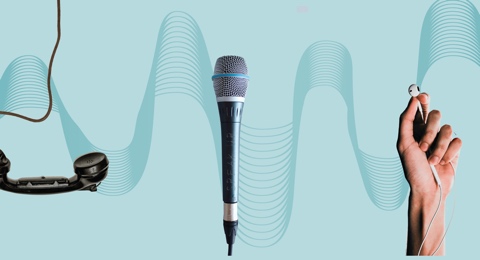
Science of Sound
Our series of webinars and articles co-hosted with Hushoffice continues. Check out our next event, and stay tuned for more.
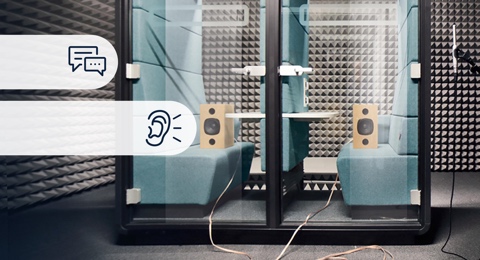
Hush, It’s the Future of Work Calling!
We explored the many ways acoustic pods can improve workplace experience and autonomy.
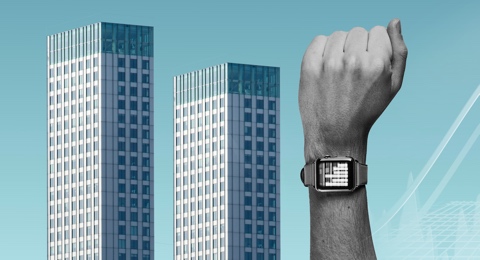
New Data Sources for Hybrid Workplaces
We hosted this webinar to shed light on new tools and techniques that support hybrid work.
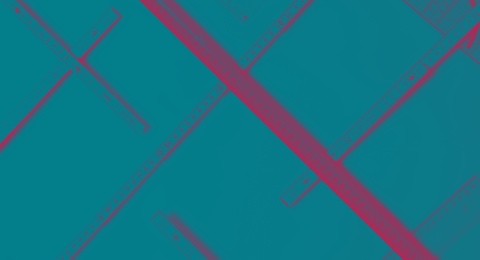
When Graphs are a Matter of Life and Death
Infographics are so integrated into our lives that we often don’t realize how much they shape our views. This month’s New Yorker takes a closer look.
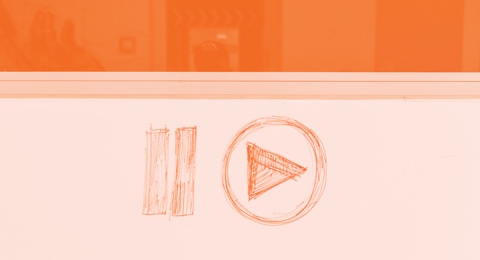
Environmental Impacts of Video
The move to telework was a boon for sustainability—but video is not as green as you might imagine.
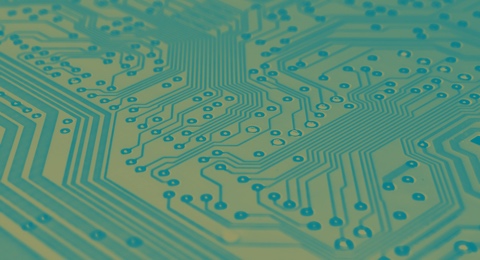
Architecture and the Unconscious Mind
This fascinating podcast questions assumptions about the human experience that guide much of modern design.
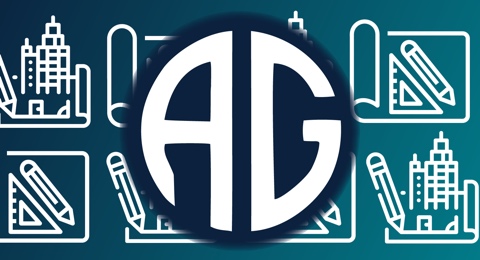
Remembering Art Gensler
Charting his own path, Gensler grew a worldwide architecture firm by embracing interior design.
Looking Ahead
These opportunities to share the latest in workplace are, ahem, “rapidly” approaching. Here’s what just around the bend:



